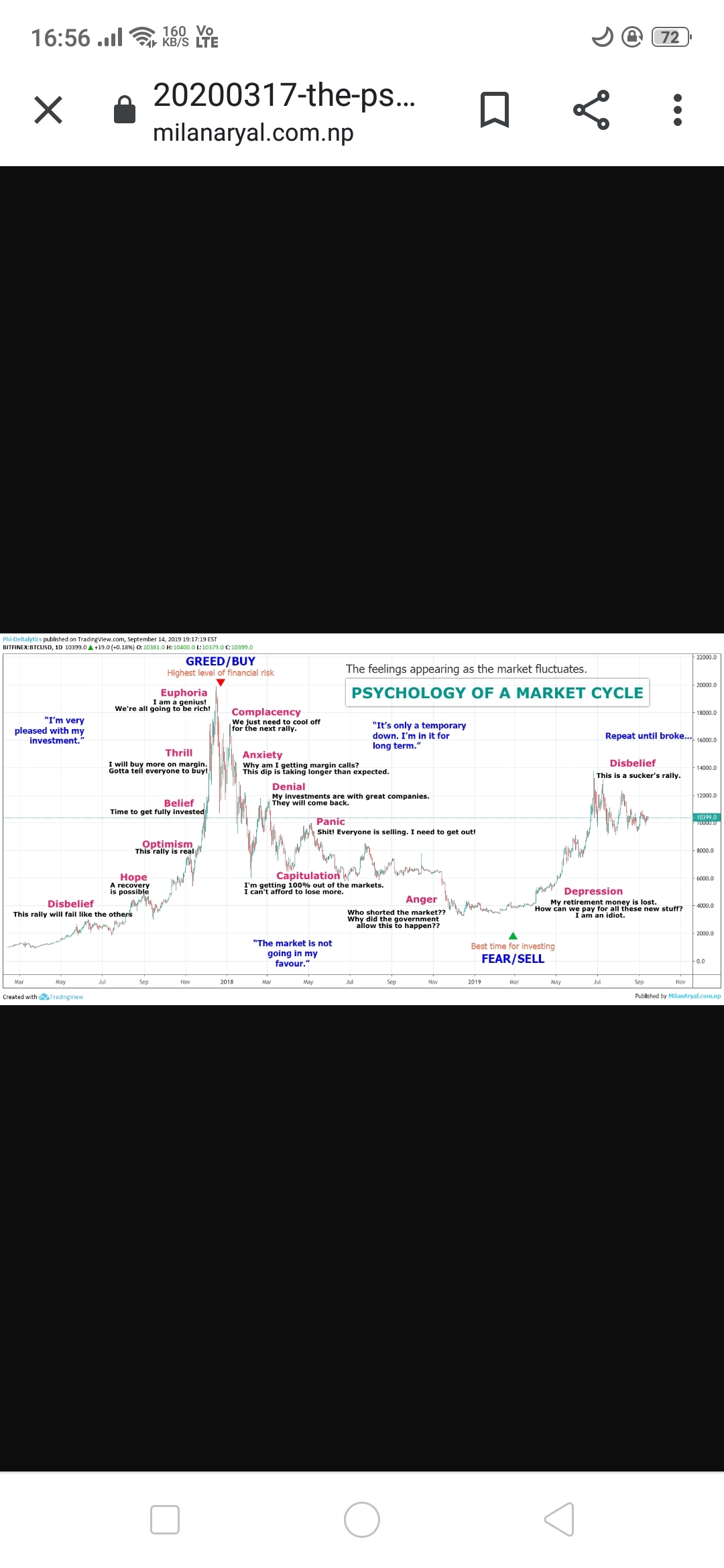
Twentyone
No personal profile
11Follow
1Followers
0Topic
0Badge
Nice
Disney shares rises nearly 2%,as Shanghai Disneyland raising prices up to 10%.
$Alibaba(BABA)$long
Lol
Sorry, the original content has been removed
Gr8
Sorry, the original content has been removed
Nice
Sorry, the original content has been removed
Gr8
Sorry, the original content has been removed
LOL
Confused by the Fed? So Are Markets
Nice
Forget Everything You Know: Morgan Stanley Reveals The Only Metric That Determines What The Market Will Do Next
Nice
Sorry, the original content has been removed
LOL
Evergrande Bounces After Hitting Four-Year Low, Squeezing Shorts
Oof
Sorry, the original content has been removed
Sad
Sorry, the original content has been removed
Nice
Apple: Winter Is Coming
Great
Meme Stock Soars 1,000% To Lead These Two Top Small Cap Stock Plays
$Khosla Ventures Acquisition Co. III(KVSC)$An actual smart and veteran investor in vinod khosla instead of other overhyped and over marketed spacs
Go to Tiger App to see more news